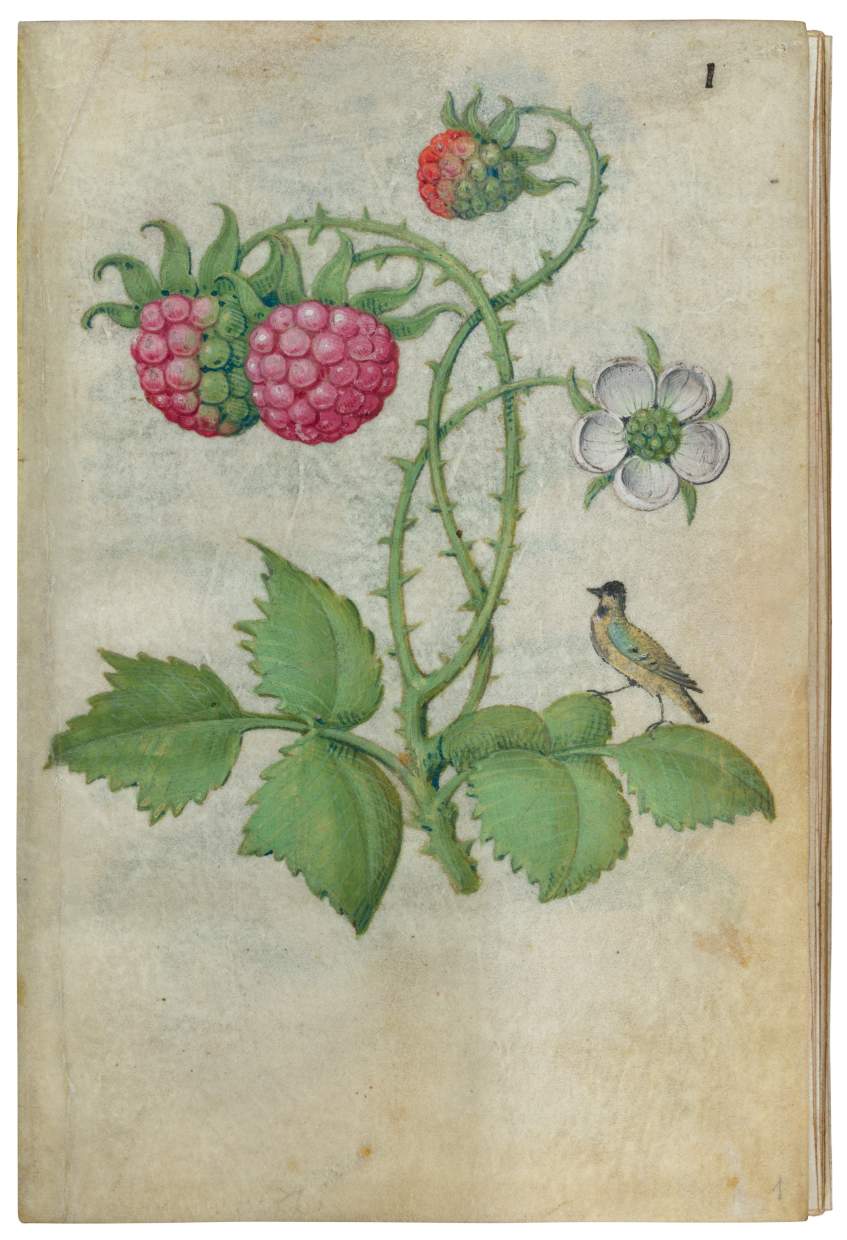

The Flower Model Book, Collection of painted plants on vellum, illuminated by the Master of Claude de France. France, Tours, c. 1520.


The Flower Model Book, Collection of painted plants on vellum, illuminated by the Master of Claude de France. France, Tours, c. 1520.
Hide caption

The Flower Model Book, Collection of painted plants on vellum, illuminated by the Master of Claude de France. France, Tours, c. 1520.
Hide caption

The Flower Model Book, Collection of painted plants on vellum, illuminated by the Master of Claude de France. France, Tours, c. 1520.
Hide caption

The Flower Model Book, Collection of painted plants on vellum, illuminated by the Master of Claude de France. France, Tours, c. 1520.
Hide caption

The Flower Model Book, Collection of painted plants on vellum, illuminated by the Master of Claude de France. France, Tours, c. 1520.
Hide caption

The Flower Model Book, Collection of painted plants on vellum, illuminated by the Master of Claude de France. France, Tours, c. 1520.
Hide caption

The Flower Model Book, Collection of painted plants on vellum, illuminated by the Master of Claude de France. France, Tours, c. 1520.
Hide caption

The Flower Model Book, Collection of painted plants on vellum, illuminated by the Master of Claude de France. France, Tours, c. 1520.
Hide caption

The Flower Model Book, Collection of painted plants on vellum, illuminated by the Master of Claude de France. France, Tours, c. 1520.
Hide caption

The Flower Model Book, Collection of painted plants on vellum, illuminated by the Master of Claude de France. France, Tours, c. 1520.
Hide caption
The workshop in which the present, jewel-like volume was accomplished was one of the most renowned in Tours after the turn of the 16th century. The chief artist of this atelier is named after his most important female commissioner: the Master of Claude de France. Claude was Queen of France, married to François I and – like the rest of her family – a great bibliophile. Her mother was Anne de Bretagne, her father Louis XII. The Master of Claude de France had been trained in Jean Bourdichon’s workshop and possibly took over the workshop’s model books. It is possible that he created his own set of model books, with the book at hand being an outstanding example.
All plants chosen for this book are of European origin. Most of them are not decorative plants but mostly crop plants (like berries, grapes, peas, and beans) and wild plants used as culinary and medicinal herbs. The leaves of the blackberry, for instance, could be used for a tea that is said to ease diabetes and cure rashes, while calendula boosts the healing process and serves as an anti-inflammatory drug. However, there are no inscriptions to identify the plants and no depictions of the roots, seeds, etc., which suggests that this book was not meant as an Herbal vade mecum.
The addition of colourful beetles, flies, wasps, dragonflies, and butterflies also point to a different use of the book. The animals make the flowers look more naturalistic and livelier. However, three arrangements with birds stand out, since the birds are far too small in relation to the plants, which seems to defy the purpose. If, however, the birds were in the correct relation to the plants, it would have been impossible to place both conveniently on one page.
For some reason, it was important to the illuminator to integrate two birds, the jaybird and the eared owl, regardless of the fact that they are not in line with the composition’s perspective. He or she chose to do so probably because the birds bear an important symbolic meaning. The owl, as a nocturnal animal, is often associated with death, its cry is said to be an omen of ill fate. However, the owl can also be interpreted as an animal of wisdom. The jaybird’s coarse cry warns other animals in the forest that there may be danger ahead and is sometimes associated with the Saviour.
This work is now in the collection of the Metropolitan Museum of Art in New York City.



